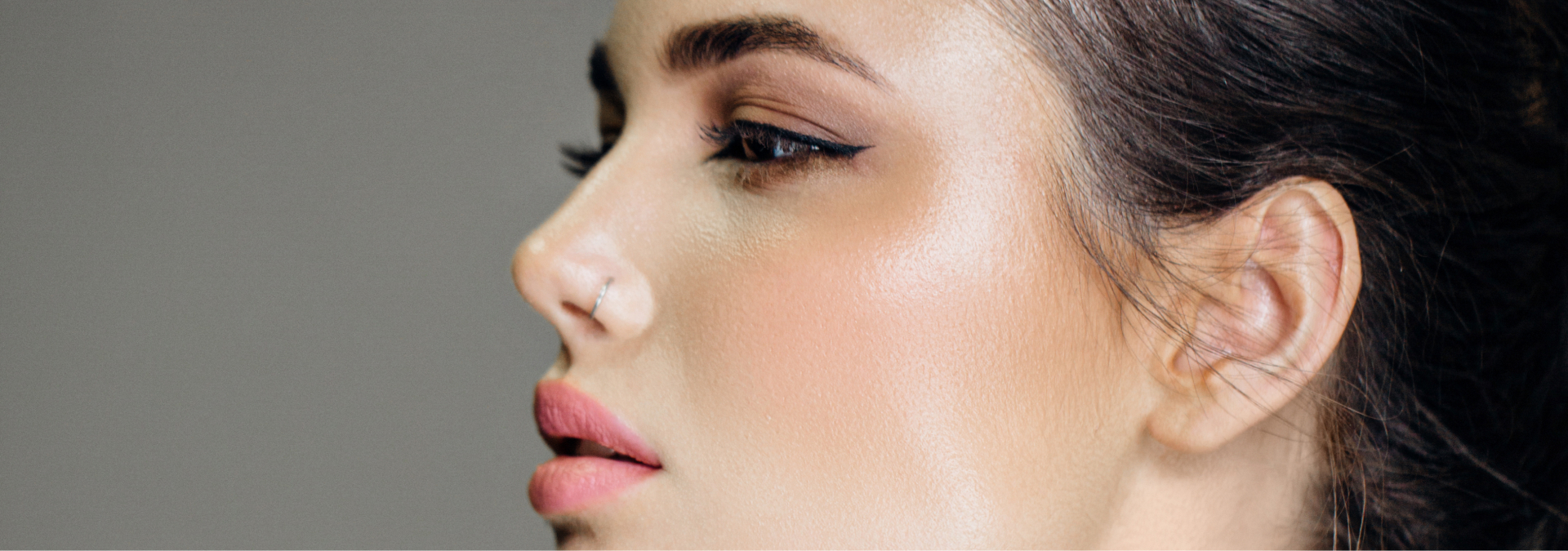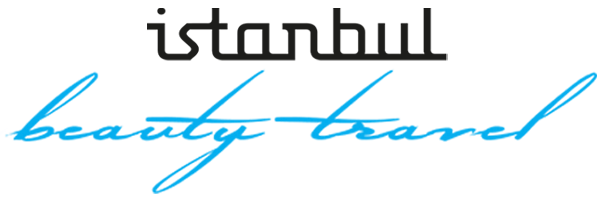
Rhinoplasty
It is not by chance, that a “nose job” is the most often performed plastic surgery in the world.
The nose dominates our face, sometimes literally, and it contributes to the first impression a stranger has of us. The shape of a nose can be cause for teasing and nicknames. For people with noses that do not conform to our norms of beauty or at least acceptability, life may be difficult as a result of it. It is not by chance, that a “nose job” is the most often performed plastic surgery in the world.
Rhinoplasty
Frequently Asked Questions
Everyone who is not satisfied with the shape of their nose, who have a realistic idea about the extend of any changes and whose state of health is no obstacle. It is also advisable for persons with breathing problems cause by their nasal structure. In this last case, a nose correction may be combined with reshaping.
A frequently used procedure is an incision at point where the upper lip meets the nose base. The nasal skin is lifted and the framework of bone and cartilage laid bare. After that, the bone, the nasal bridge, the nostrils and the tip of the nose are brought into the desired shape. If the nose needs to be built up, own cartilage or implants are used. Bone or cartilage structures that obstruct the air ducts are corrected. The skin is then re-draped over the new frame. To protect the nose, wound dressing made of paper, and on top of it, a layer of plaster are applied.
The operation is performed in a clinic under general anaesthesia.
Patients are usually discharged the same day. In the first 2 days, swelling, bruising and the occasional nose bleed are the norm. To prevent this, we use ice packs at a very early stage. We do not use nasal packings. However, despite that, patients may experience some nose breathing problems in the first few days. Swellings inside the nose can be mitigated with physiological salt solutions and nasal spray. After a couple of days, patients can breath freely. After 2 days, patients can watch TV, read, and leave the house. The plaster and the stitches are removed on the 6th day. Once the wound dressing has been removed, the patient can return to work. Any lingering bruising can be covered with makeup. Swellings recede to a large extent within 3 weeks; after 3 months, 80% has disappeared. It takes, however, one year, until the nose has attained its final shape. In the first 3 weeks after surgery, patients should not engage in any sports where they may receive a blow to their nose. For the first 3 months, the nose must be protected from the sun.
Nose bleeding immediately after surgery is the most frequent problem. If it persists, the patient may need follow-up surgery. In the late postoperative phase, the main complications are slight asymmetries, and in more severe cases drooping of the nose tip. Other problems may concern dissatisfaction with the new contours of the nose (too high, too short, too pointy, etc.), and breathing difficulties. These problems can be avoided if you choose a competent surgeon and receive comprehensive consulting before the surgery.
 +90 532 474 04 07
+90 532 474 04 07
